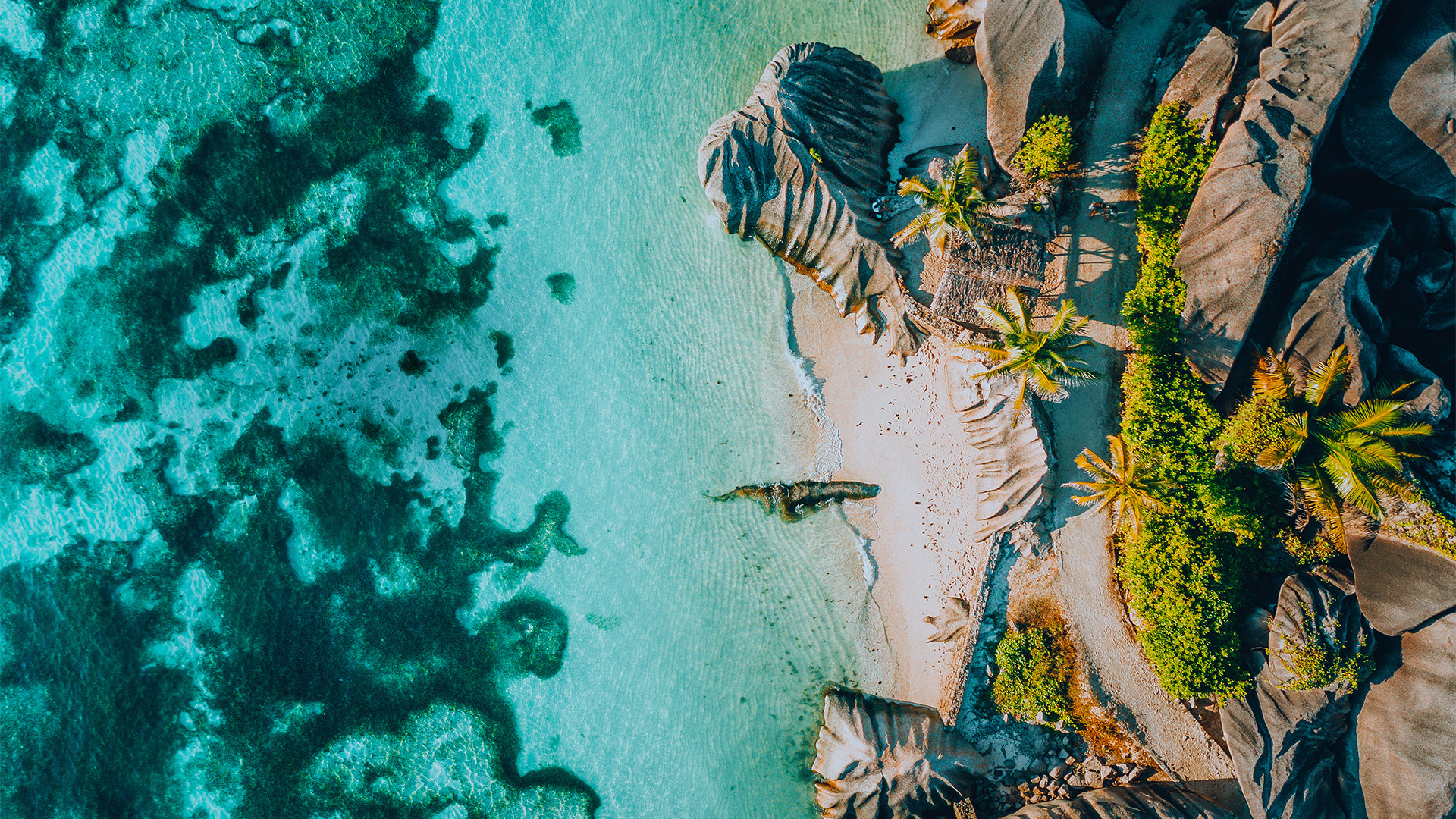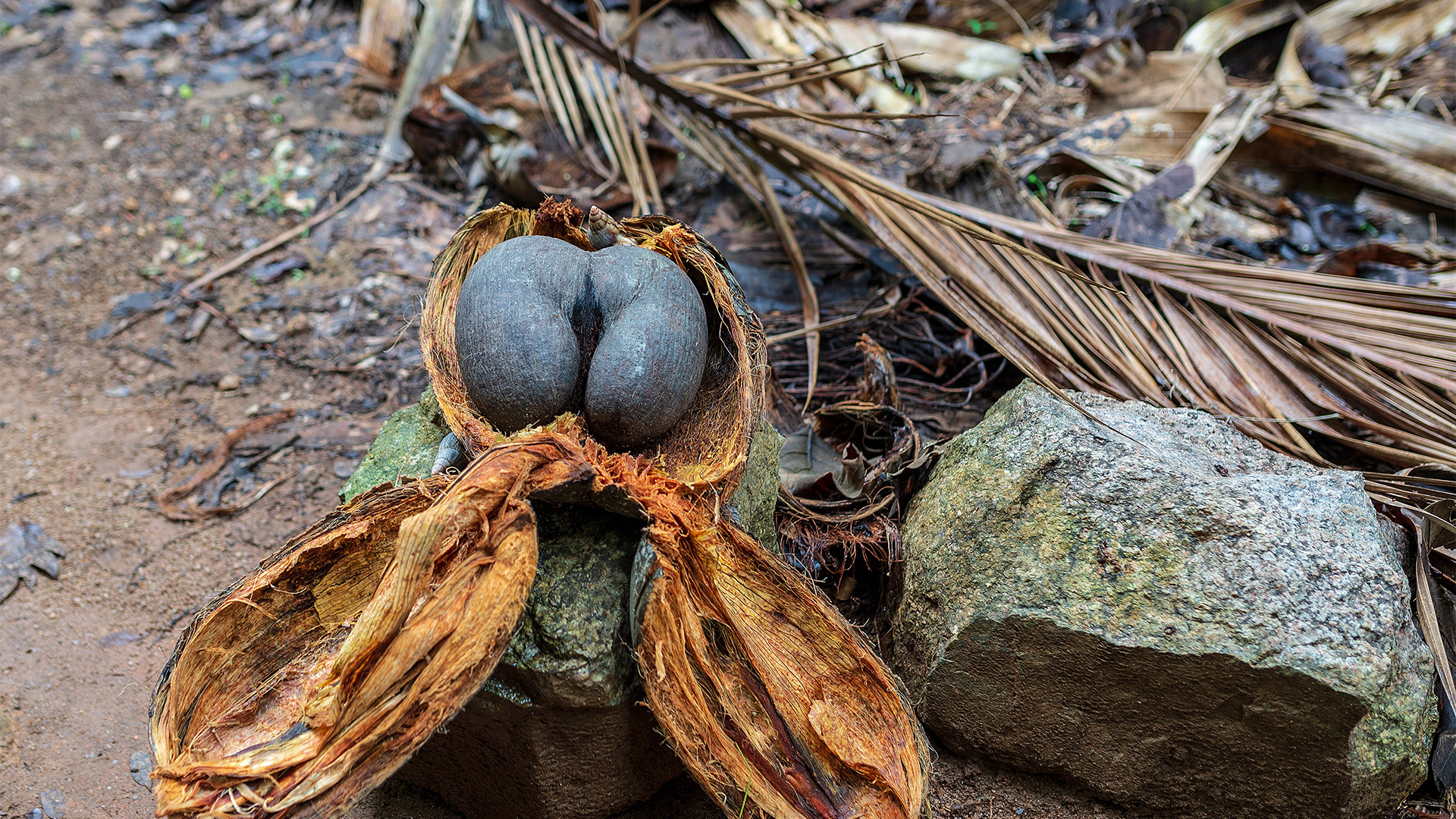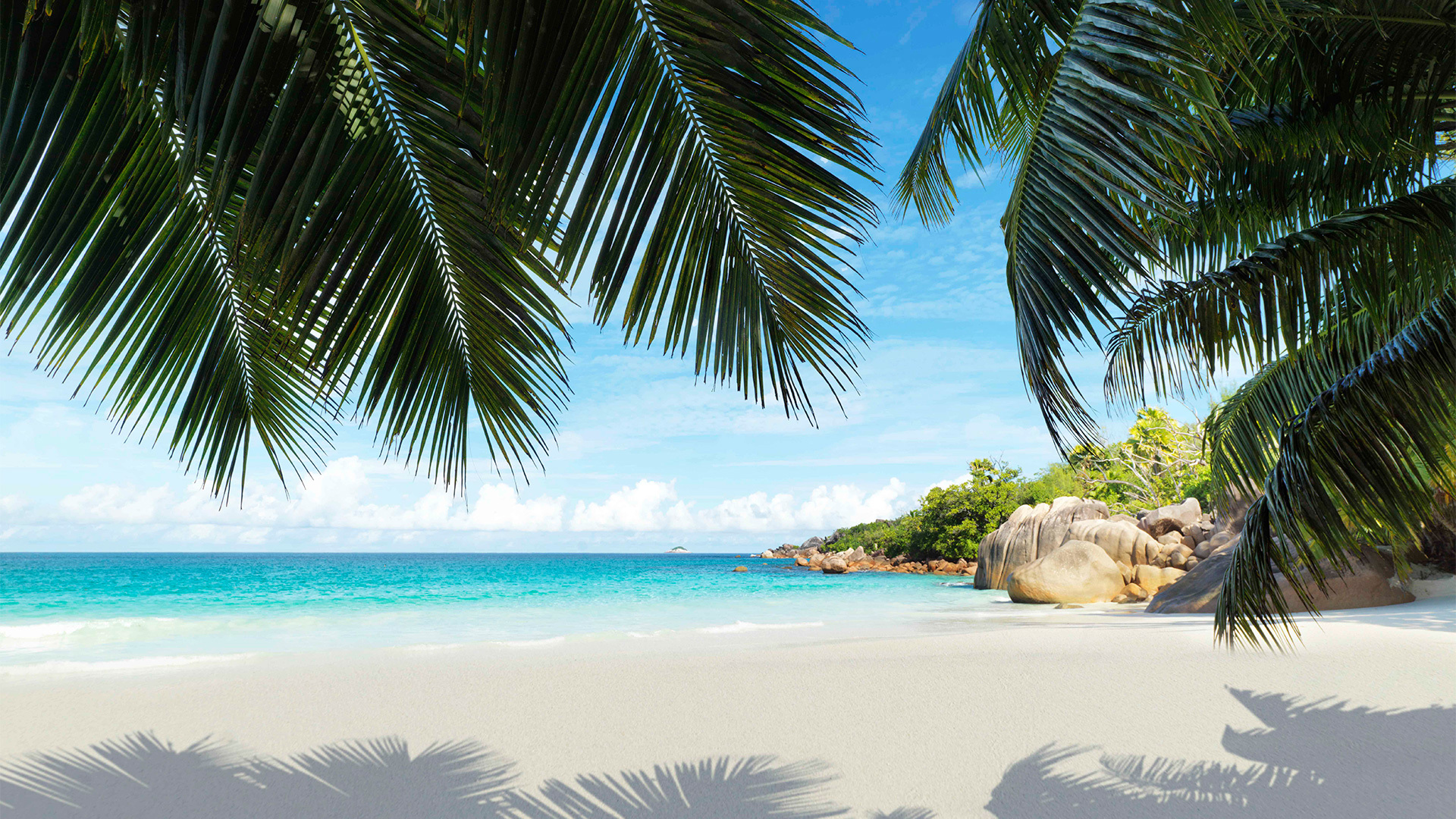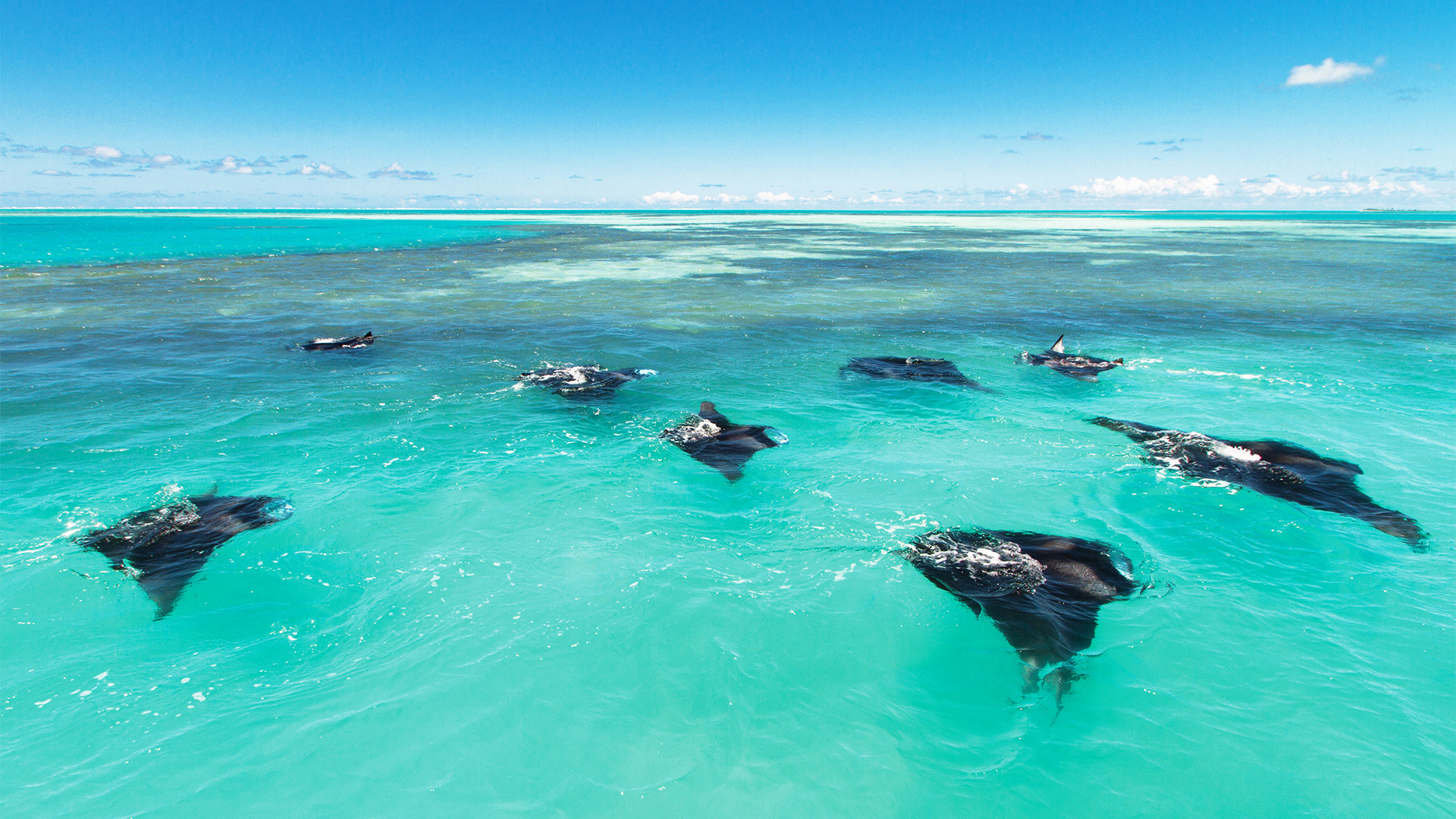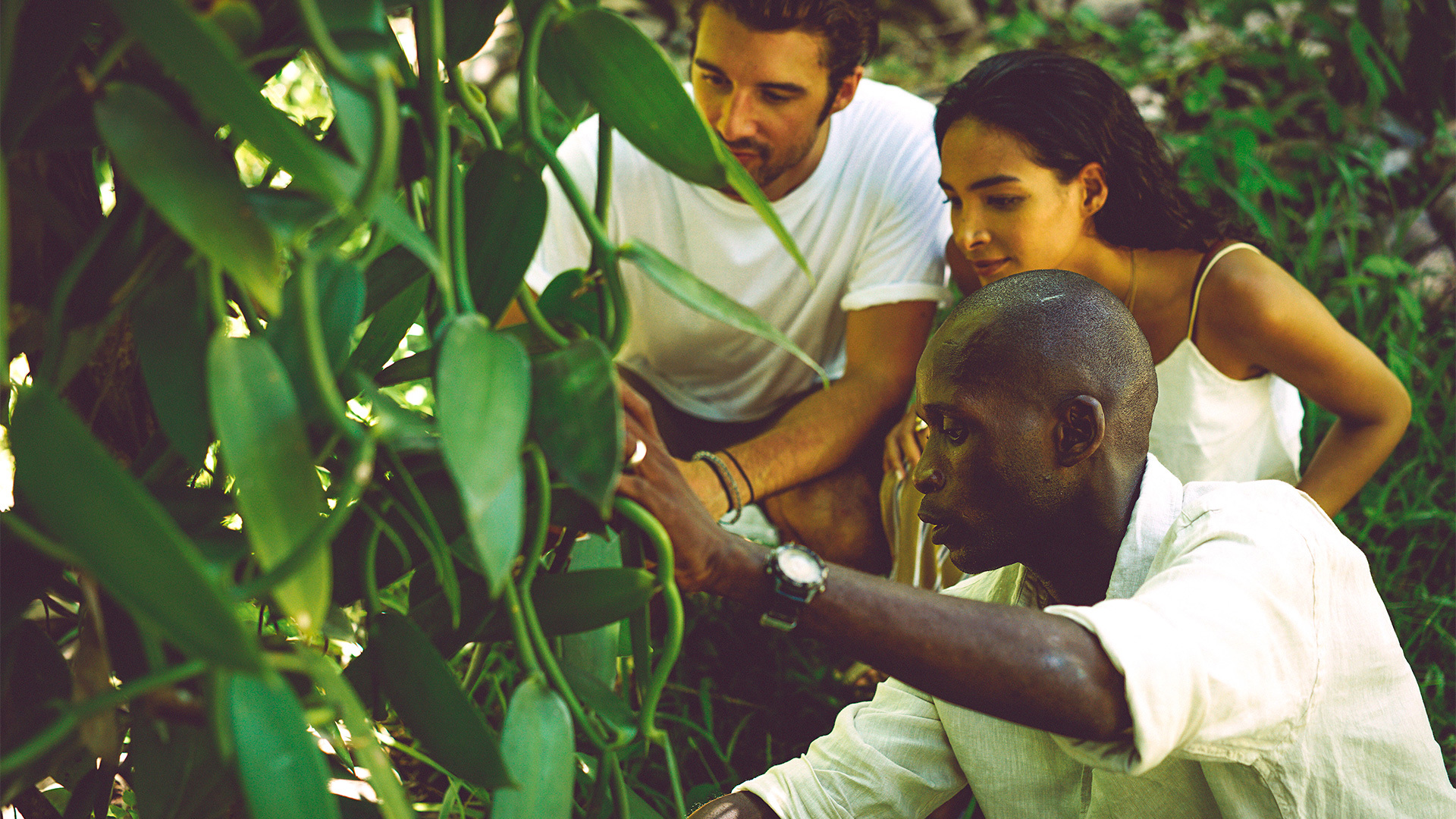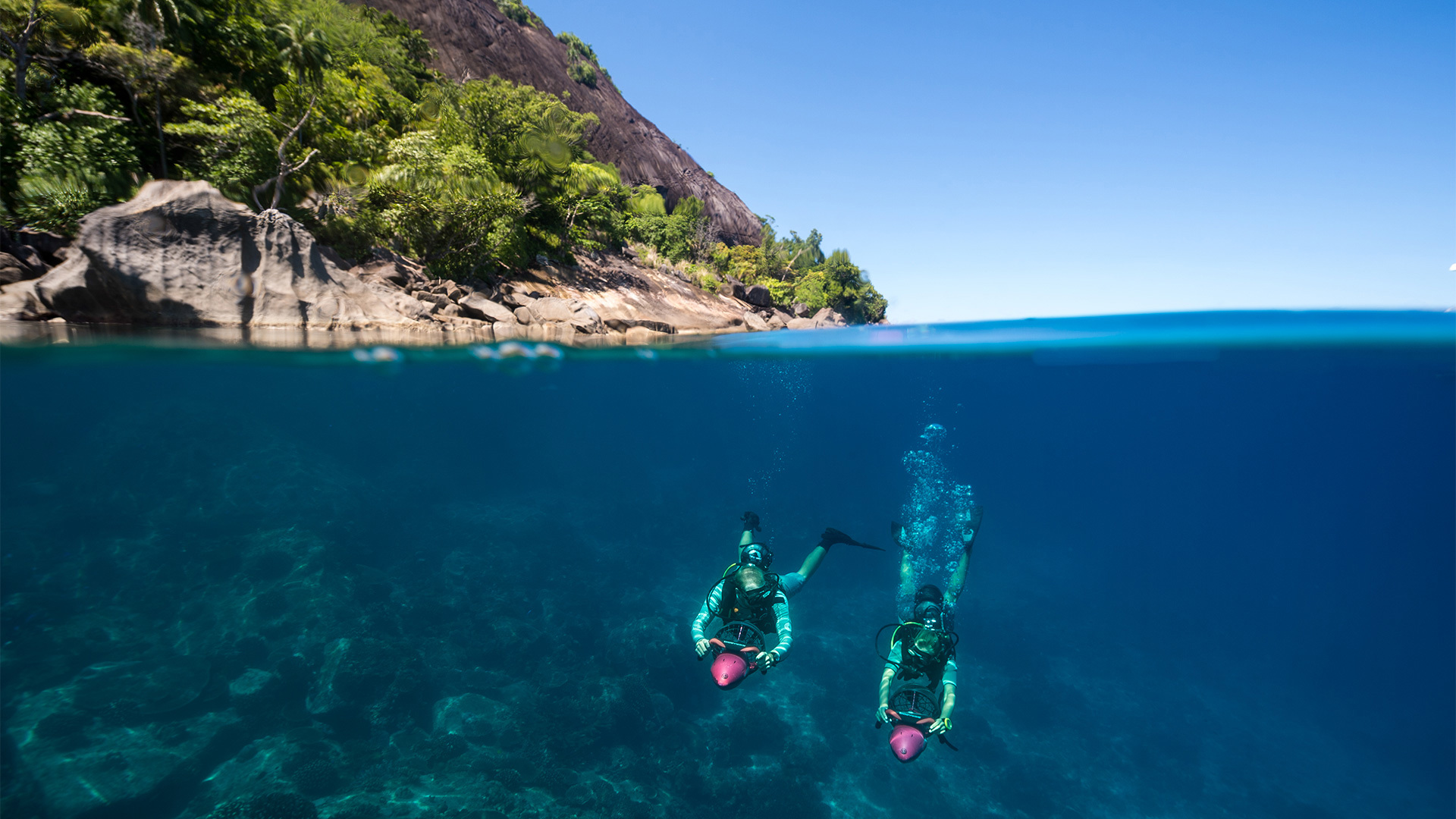- Love
- History
- Arts & Culture
- Wellness & Wellbeing
- Nature
- Architecture
- Environment & Community
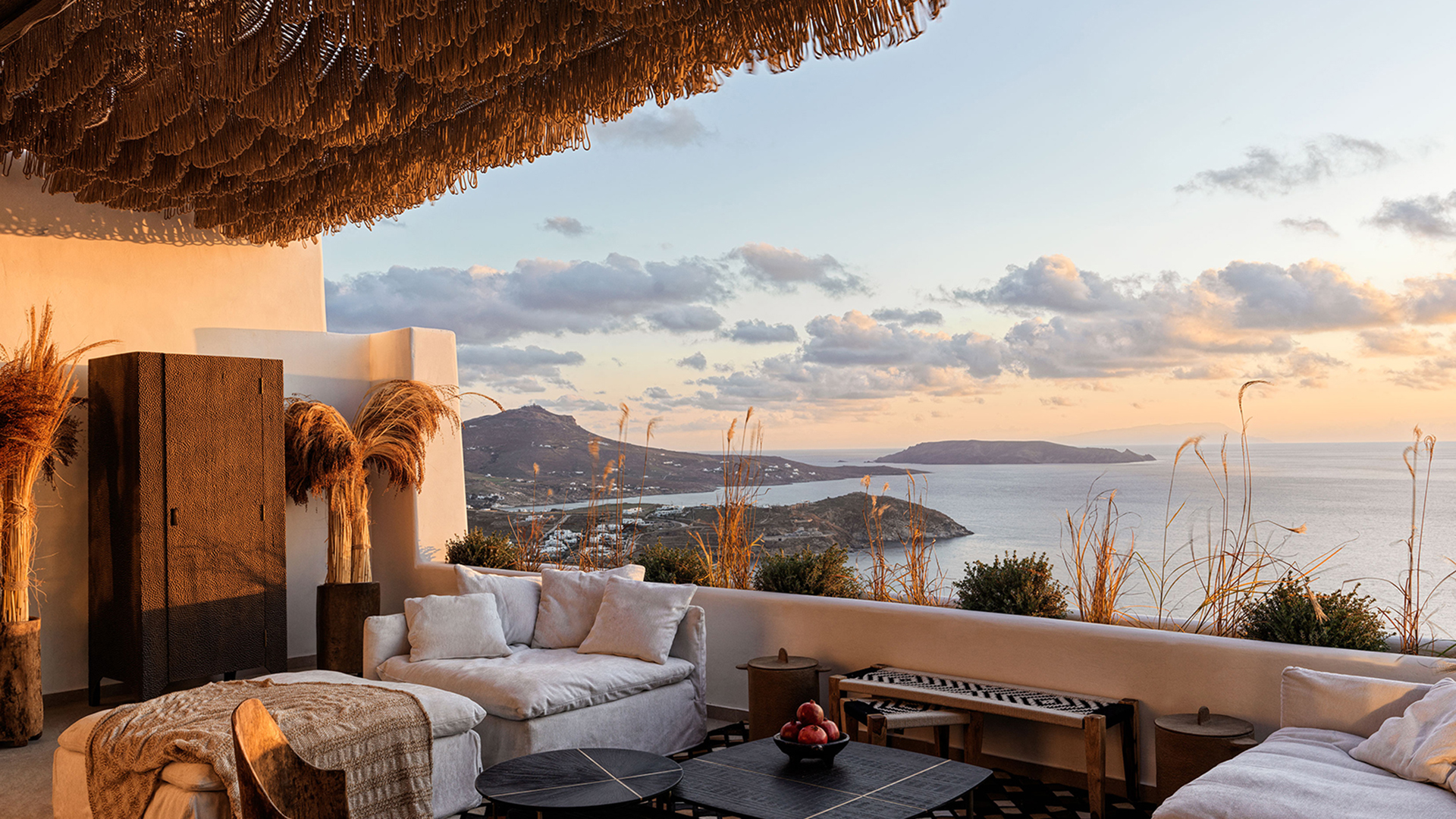
It’s hard to see beyond the aesthetic treasures the Seychelles is renowned for, with its lush rainforests, crystal-clear waters and white-sand beaches that are soft as icing sugar. However, much of its beauty lies beneath the surface and beyond the facades of its five-star resorts, making it inimitably different to other heavenly hotspots.
In 1609, when the captain of the English East India Company, John Jourdain, and his crew were diverted to Africa’s deserted 115-island archipelago, they believed they had found ‘an earthly Paradise’. This report was further attested in 1881 when General Charles Gordon visited and was sure that the granite and coral isles were home to the Garden of Eden.
The islands were abundant with tropical birds, fish, flora and fauna that are still considered curious today – including the elusive coco de mer that Gordon regarded as the forbidden fruit. The large, sensually shaped nut is native to the country, and grows in the Vallée de Mai Nature Reserve, a UNESCO World Heritage Site, where it is fiercely protected by rangers; this is just one example of how the archipelago is leagues ahead of the rest of the world when it comes to conserving its bountiful environment, which boasts approximately 80 unique species.
Much of the land in the Seychelles was used to farm copra up until the industry collapsed in the 1970s, when the country began to restore its biodiversity. Part of its success can be attributed to the proactivity of the high-end resorts the archipelago is known for. The Vallée de Mai Nature Reserve shares Praslin island, the second largest after Mahé, with Raffles Seychelles – perfect for those with a taste for the very best and an adventurous spirit. Large contemporary villas with spectacular views will be your launch pad from which to explore the surrounding gems.
In amongst the verdant palms of the Vallée de Mai dwells another precious being, which guests at Raffles are most likely to lay eyes on. The black parrot is endemic to the Seychelles, and is one of the rarest species in the world. The resort’s excursions don’t begin and end on Praslin, though. A short boat ride will take you to the quiet, idyllic island of La Digue where the preferred mode of transport is a traditional bicycle and where another rare bird, the black paradise flycatcher, resides. It’s also home to the Anse Source d’Argent beach, which, with its arresting granite boulders reminiscent of a prehistoric film set, is one of the most photographed shores in the world.
Take a longer taxi boat from Raffles to the Aride Island Nature Reserve, where the only inhabitants are the guardians of the land. The Seychelles’ northernmost isle is considered an accurate insight into how the rest of the archipelago looked 250 years ago, before it was inhabited. The hotel’s favourite boat trip for families however, is to Curieuse Island, where around 500 Aldabra giant tortoises roam freely across the dusty red earth.
The land isn’t the only element that this sublime destination is concerned with; it’s also a leading force in marine conservation. The archipelago is a decade ahead of the United Nations’ deadline for the Life Below Water goal, which lists 14 aims including preventing and reducing marine pollution of all kinds. Carrier has introduced a pioneering new style of distinctive lodging and experiential travel with Blue Safari to the Outer Islands, a onehour flight south-west of Mahé, where you can immerse yourself in the conservation efforts of this pristine region. Each of the four atolls has it’s own character and story; divers can contribute by clearing the ocean of any waste and by photographing the coral reefs and the sleek, serene manta rays as they swim alongside them. Those who prefer to remain on ground level can join the Island Conservation Society (ICS) team as they track the movements of the turtles that nest on the beaches of these more remote atolls.
The main lodge on Alphonse Island is at the heart of the experience, with simple yet sophisticated suites complete with a restaurant, bar and spa – the other accommodations offer desert island-esque seclusion. The Cosmoledo atoll, for example, is made up of 21 islands, however there are only eight eco pods for adventurous guests to stay in. You’ll have your own private chef and eat and drink communally on an evening, after a day spent spotting endemic land-birds such as the souimanga sunbird, the Madagascar turtle dove and the Madagascar white-eye, or discovering new dive sites.
Tourism can pose a threat to the Earth’s fragile ecosystems, but not at North Island. Just west of Praslin and north-east of Mahé, this exclusive private island resort accommodates just 11 rustic villas made from local materials, allowing them to blend seamlessly into the environment. Get involved in the work of the resort’s conservation rehabilitation project, ‘Noah’s Ark’, which has seen alien species removed from the land, and the habitat of creatures, like the Seychelles blue pigeon, the wedge-tailed shearwater and the white-tailed tropicbird, restored. This eco-sensitive resort will ensure your footprints will be the only evidence of your visit to the island’s vast, untouched beaches. This is a private sanctuary for the conscious traveller.
It has only taken half a century for the rewards of Seychelles’ conservation efforts to be reaped, which is around half a lifetime of one of the archipelago’s most famous stalwart residents, the Aldabra giant tortoise, and a fleeting few years in the lifespan of the coco de mer palm, which can bloom for up to eight centuries. There’s still plenty that can be done, but hope for the rest of the world radiates from this five-star eco sanctuary. The coat of arms of the country puts it succinctly: ‘Finis coronat opus’, or, ‘The end crowns the work’.
